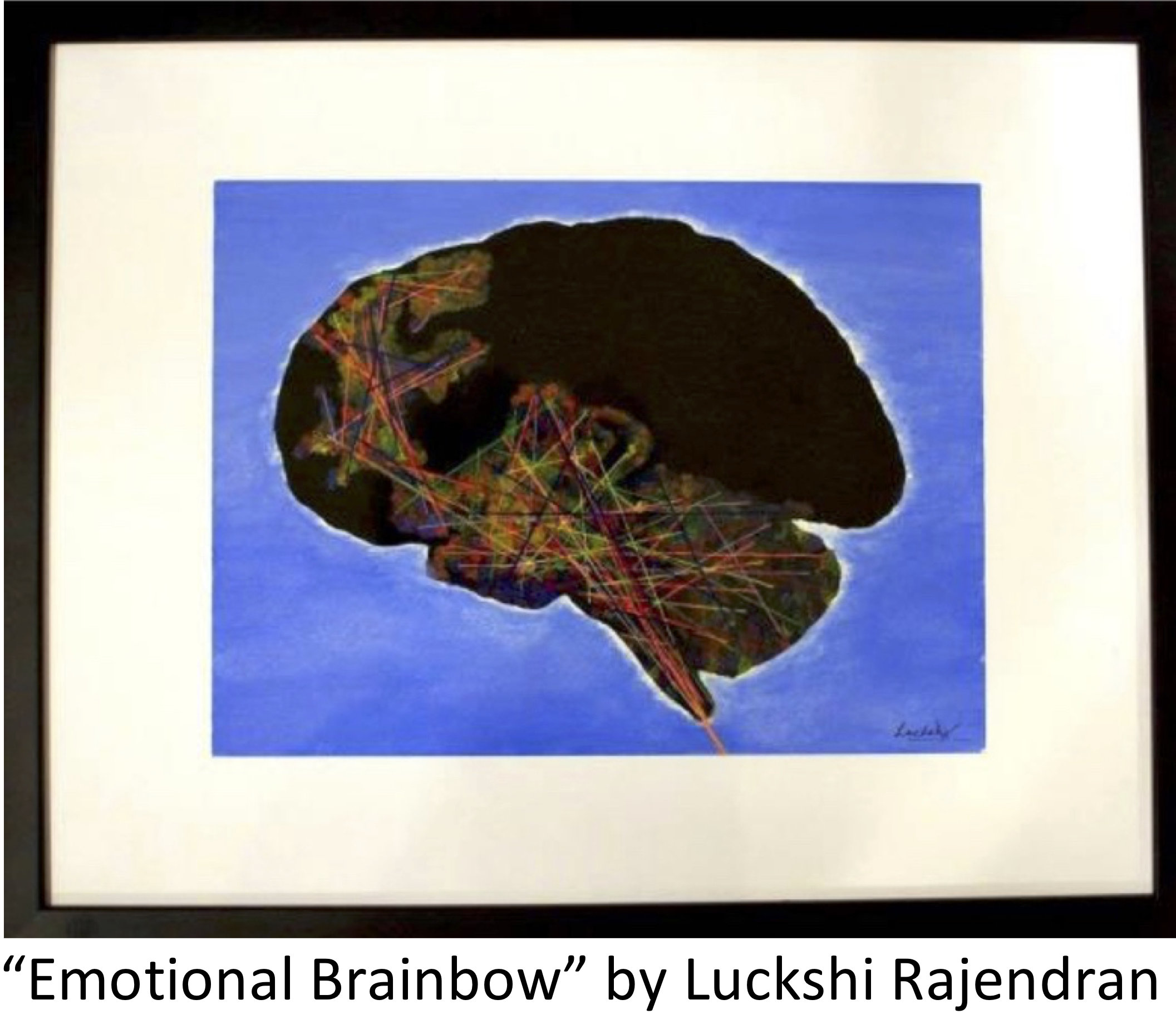Perceptions of effective leadership in a medical school context
DOI:
https://doi.org/10.36834/cmej.53370Abstract
Background: There have been calls for the development of leadership attributes in healthcare practitioners through leadership development programs. However, understanding how leadership is conceptualized is needed to assure effective participant-centred leadership development programs. The purpose of this study was to elucidate how the construct of leadership is conceptualized by multiple stakeholder groups associated with medical school leadership programs.
Methods: We conducted a total of 77 semi-structured interviews with six major demographic groups: Trainees (n= 16), Mid-Level University Leaders (n= 10), Clinician Leaders (n= 17), Senior University Leaders (n= 10), Medical Scientists (n= 12), and Senior Leaders, external to the University (n = 12) to address the research question.
Results: Content analyses revealed that the leaders were expectedto create a compelling vision and a foster a motivating culture within the organization. Integrity and a sense of passion about leading were viewed as being principal characteristics of a leader. The twin skills of technical competence and communication were endorsed as most important for a leader. Finally, leaders are expected to be accountable for outcomes.
Conclusion: Medical school leadershiptraining programs should strive to incorporate these characteristics, given their broad appeal to diverse interest groups.
Downloads
Downloads
Published
How to Cite
Issue
Section
License
Submission of an original manuscript to the Canadian Medical Education Journal will be taken to mean that it represents original work not previously published, that it is not being considered elsewhere for publication. If accepted for publication, it will be published online and it will not be published elsewhere in the same form, for commercial purposes, in any language, without the consent of the publisher.
Authors who publish in the Canadian Medical Education Journal agree to release their articles under the Creative Commons Attribution-Noncommercial-No Derivative Works 4.0 Canada Licence. This licence allows anyone to copy and distribute the article for non-commercial purposes provided that appropriate attribution is given. For details of the rights an author grants users of their work, please see the licence summary and the full licence.











